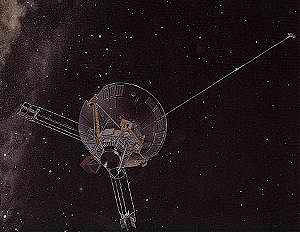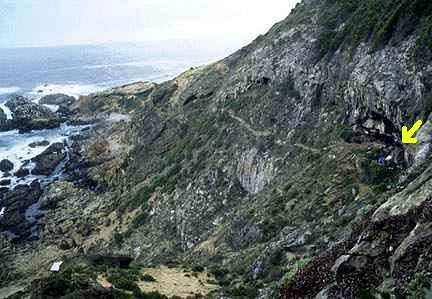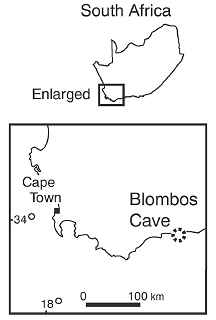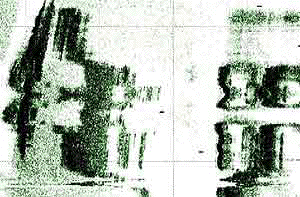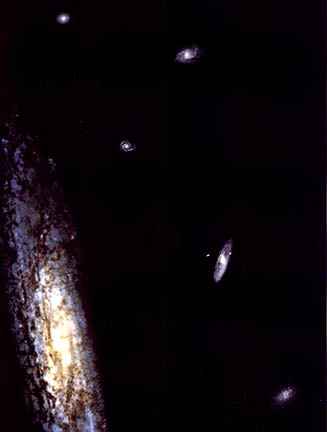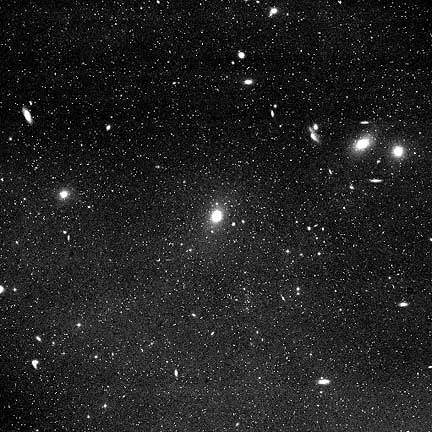
April 23, 2002 Athens, New York - In 1991, Egypt researcher John Anthony West joined Boston University geologist, Robert Schoch, Ph.D., to study the weathering on the base of the Sphinx. Dr. Schoch's academic opinion was water damage at least eight thousand years ago and the two men announced their theory which made worldwide headlines. Since then, two British geologists named David Coxill and Colin Reader have independently traveled to Cairo to study the Sphinx and each has supported Dr. Schoch's conclusion that the weathering is from water. But no one yet has definitively proved how long ago there was enough rain to weather the Sphinx.
Click here to subscribe and get instant access to read this report.
Click here to check your existing subscription status.
Existing members, login below:



